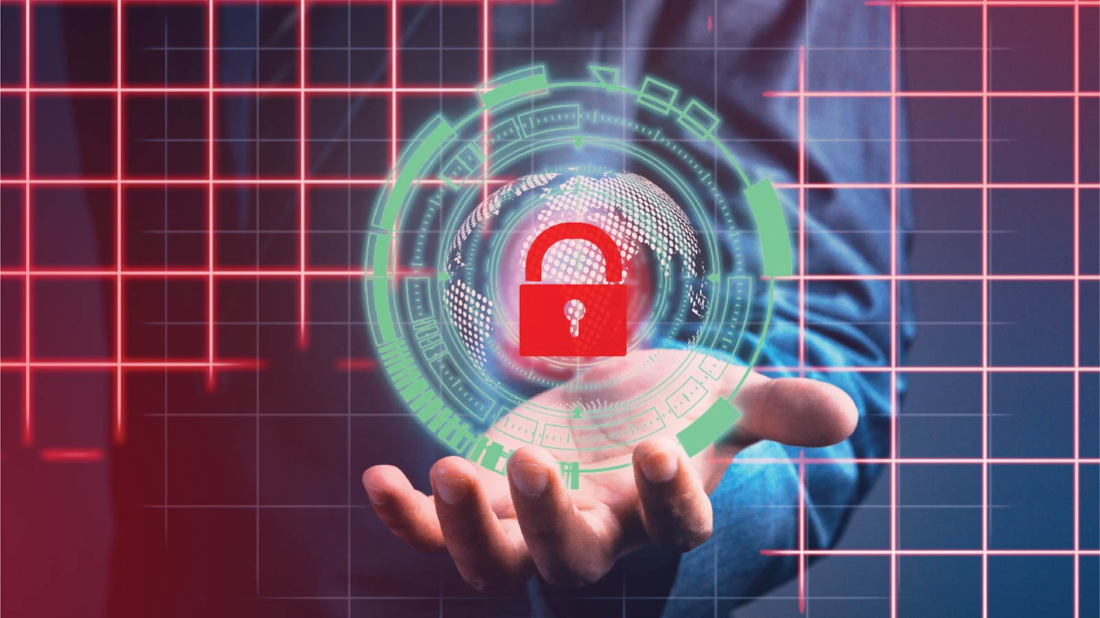Traditional methods of cybersecurity training, such as lectures and theoretical exercises, remain valuable but may fall short in providing hands-on experience in dealing with real-world cyber threats. As cybersecurity professionals require practical skills to identify and defend against these threats, educational institutions and training programs seek innovative ways to simulate realistic cyber-attack scenarios for effective learning.
One such innovative technique that has gained attention in cybersecurity training is WiFi jamming. WiFi jamming involves disrupting wireless communications by emitting radio frequency signals on the same frequency bands used by WiFi devices, causing interference and temporary network disruption. While WiFi jamming has been predominantly viewed as a malicious act and security concern, its controlled use in educational settings can be leveraged to create immersive and challenging learning experiences for aspiring cybersecurity professionals.
In this article, we will delve into the concept of WiFi jamming for educational purposes and explore its potential role in cybersecurity training. We will examine the mechanisms of WiFi jamming, the ethical considerations surrounding its use, and how it can be applied to enhance cybersecurity education. By understanding the benefits and limitations of WiFi jamming as an educational tool, we can better appreciate its impact on developing the skills necessary to safeguard against cyber threats effectively.
The Importance of Cybersecurity Training
Cyber threats’ escalating frequency and sophistication pose significant risks to individuals, businesses, governments, and critical infrastructures. As a result, the need for well-trained cybersecurity professionals has become paramount to safeguarding sensitive information, maintaining privacy, and ensuring the uninterrupted functioning of digital systems. The importance of cybersecurity training can be understood through the following key points:
- Mitigating Cybersecurity Threats: Cyber threats constantly evolve, with new attack vectors and tactics emerging regularly. Cybersecurity training equips individuals with the knowledge and skills to identify potential threats, understand their methodologies, and implement special measures.
- Protecting Personal and Sensitive Data: With the increasing reliance on digital platforms and online services, personal information and sensitive data are more vulnerable than ever.
- Securing Business and Organizational Assets: A cybersecurity breach can affect organizations.
- Safeguarding Critical Infrastructures: Critical infrastructures, such as power grids, transportation systems, and healthcare facilities, increasingly rely on interconnected technologies.
- Addressing the Skills Gap: The need for skilled cybersecurity professionals far exceeds the current supply.
- Compliance and Regulatory Requirements: Many industries are subject to strict data protection and cybersecurity regulations.
- Incident Response and Recovery: Cyber incidents can still occur despite the best preventive measures.
- Building a Cybersecurity Culture: A strong cybersecurity culture within an organization is essential to promote security-conscious behavior among all employees.
In conclusion, the importance of cybersecurity training cannot be overstated. It is an essential investment for individuals, businesses, and society as a whole, as it empowers persons with the appropriate knowledge and skills required to combat cyber threats, secure data, and safeguard critical infrastructures. By prioritizing cybersecurity training, we can build a safer digital environment and mitigate the ever-growing risks posed by cyber adversaries.
WiFi Jamming as an Educational Tool

WiFi jamming, typically perceived as a malicious activity that disrupts wireless networks, can also be harnessed as an educational tool in cybersecurity training. WiFi jamming provides unique opportunities for aspiring cybersecurity professionals to gain practical experience and develop essential skills when used responsibly and in a controlled environment.
Benefits and Limitations
WiFi jamming allows for the creation highly realistic and immersive training scenarios that closely mimic real-world cyber threats. This hands-on experience better prepares cybersecurity professionals for situations they may encounter.
Participants can develop practical skills in incident detection, response, and mitigation by dealing with WiFi jamming incidents. This active learning approach enhances their ability to handle cybersecurity challenges effectively.
WiFi jamming as an educational tool helps bridge the cybersecurity skills gap by providing aspiring professionals with valuable experiential knowledge. It equips them with the expertise to address the evolving cyber threat landscape.
WiFi jamming exercises often involve teamwork and collaboration, especially in red-team vs. blue-team scenarios. Participants learn to work together, enhancing their ability to function as a cohesive unit when responding to cyber-attacks.
In conclusion, when responsibly applied as an educational tool, WiFi jamming offers numerous benefits in enhancing cybersecurity training. Participants gain practical skills, collaborate effectively, and experience real-world scenarios. However, the approach has inherent limitations concerning ethical and legal concerns, safety risks, and the need for appropriate resources. Balancing the benefits with the limitations is essential to maximize the value of WiFi jamming in cybersecurity education while ensuring responsible and safe practices.
